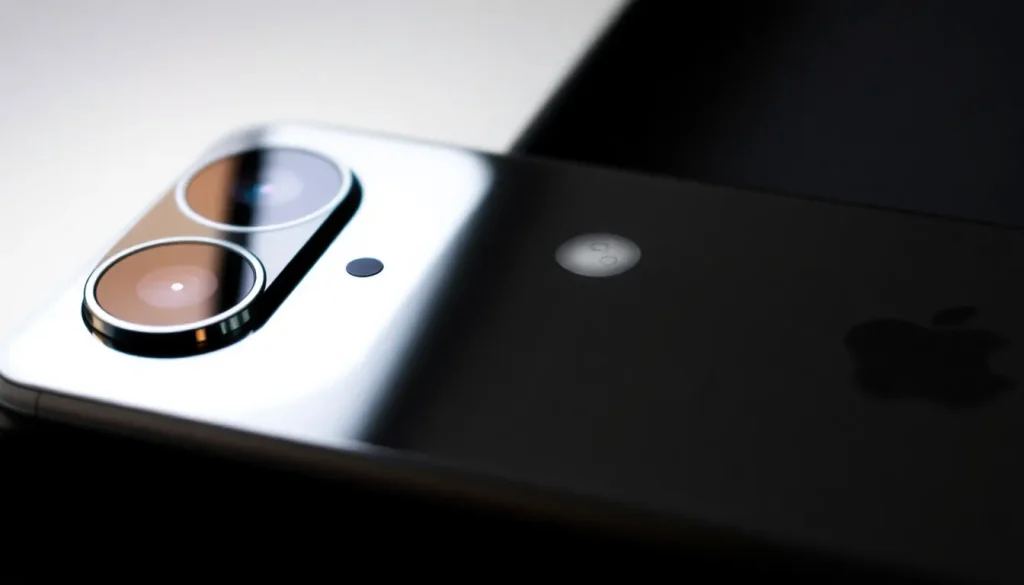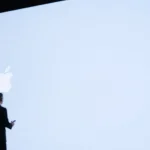iPhone 17 Air faces complaints over camera lens condensation issues

The recent launch of the iPhone 17 series has stirred excitement among tech enthusiasts and loyal Apple fans alike. However, amidst the buzz surrounding its release, early adopters of the iPhone 17 Air are reporting concerning issues related to the device's camera. As with any new technology, the initial wave of customers often encounters unanticipated problems. Let's delve into the specifics of these reports and the implications they may have for Apple and its customers.
iPhone 17 Air reports of condensation issues in the camera lens
On September 19, Apple officially released the highly anticipated iPhone 17 lineup, including the iPhone 17 Air, which is positioned as the company's slimmest smartphone yet. This new model was introduced in place of the previous Plus model, promising a combination of sleek design and cutting-edge technology. However, despite its appealing attributes, users have reported condensation forming inside the camera lens, which could significantly impair photo and video quality.
The iPhone 17 Air is noted for its impressive performance, even with a thinner profile and reduced battery capacity compared to its predecessors. Users have praised its battery life, citing that it consumes around 20% of the battery after 5 hours of video playback. Yet, the emergence of condensation issues has overshadowed these positive reviews.
Multiple reports from platforms like X and Reddit indicate that this condensation problem is not isolated to a single device, suggesting that it may affect a significant batch of iPhone 17 Air units. These reports detail instances where users have experienced moisture buildup within the camera assembly, prompting questions about the manufacturing process.
Growing concerns: Is this a widespread issue?
As more users share their experiences, the potential for this issue to be categorized as a widespread defect increases. Notable YouTubers, including Luke Miani, have showcased images demonstrating the condensation issue, which is causing concern among consumers who rely on their smartphones for photography and videography.
While the condensation affects the aesthetic and functional quality of the camera, users face limitations in addressing the issue themselves. The sealed nature of smartphones makes it impossible for the average consumer to access and clean the camera without professional assistance. Speculations suggest that the condensation might have originated during the manufacturing process, while others theorize it could have occurred during shipping or in retail environments.
To mitigate potential damage, users are advised to store their devices in dry environments and avoid exposing them to moisture. However, as the situation evolves, it remains crucial to monitor further reports from users over the coming days and weeks.
What causes condensation in smartphone cameras?
Understanding the factors that contribute to condensation in smartphone cameras can help users avoid similar issues in the future. Here are some common causes:
- Temperature fluctuations: Rapid changes in temperature can cause moisture in the air to condense on cooler surfaces.
- Humidity: High levels of humidity can lead to moisture accumulation inside the device.
- Sealing issues: Poorly sealed components may allow moisture to enter.
- Physical damage: Cracks or damage to the device can create openings for moisture.
- Manufacturing defects: Flaws during the assembly process can result in inadequate sealing.
Being aware of these factors can help users take preventive measures to protect their devices from moisture-related issues.
Will the iPhone 17 feature an improved camera system?
Despite the current concerns surrounding the camera in the iPhone 17 Air, there is a silver lining for future iterations. Apple consistently invests in camera technology, and many anticipate enhancements in upcoming models. The company's commitment to innovation often leads to significant improvements in camera functionality and performance.
Rumors surrounding the next iPhone models suggest potential advancements, including:
- Enhanced sensor technology: Future iPhones may feature even larger sensors for improved low-light performance.
- Optical zoom capabilities: Expectations for enhanced zoom features could cater to photography enthusiasts.
- AI-driven photography: Advanced algorithms could optimize image quality and assist in capturing stunning photos.
- Improved stabilization: More effective stabilization features may help reduce blur in photos and videos.
While the iPhone 17 Air faces challenges with condensation, the potential for future improvements remains an exciting prospect for Apple users.
What steps should users take if they experience condensation?
If you find yourself facing condensation issues with your iPhone 17 Air, consider the following recommendations:
- Do not attempt to open the device: Opening the phone can void warranties and lead to further damage.
- Contact Apple Support: Report the issue and seek guidance on potential repairs or replacements.
- Keep the device dry: Minimize exposure to humidity and moisture while using the phone.
- Document the issue: Take photos of the condensation and keep records of communications with customer service.
These steps can help you navigate the situation while awaiting a resolution from Apple.
For a deeper understanding of how to deal with moisture issues in smartphones, you may find this informative video helpful:
As the situation develops, it will be essential to monitor user feedback on the iPhone 17 Air. Apple's response to these concerns will likely influence consumer trust and brand loyalty moving forward. For now, users are encouraged to stay informed and take proactive steps to protect their investments.




Leave a Reply